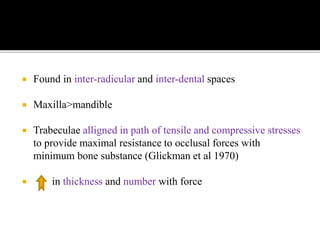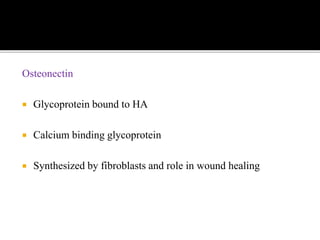
The formula for shunt describes deviation from this ideal.

If every alveolus was perfectly ventilated and all blood from the right ventricle were to pass through fully functional pulmonary capillaries, and there was unimpeded diffusion across the alveolar and capillary membrane, there would be a theoretical maximum blood gas exchange, and the alveolar P O 2 and arterial P O 2 would be the same. Other shunts may occur where venous and arterial blood mix but completely bypass the lungs (extrapulmonary shunt). Intrapulmonary shunt is specifically shunting where some of the blood flow through the lungs is not properly oxygenated. In pathological conditions such as pulmonary contusion, the shunt fraction is significantly greater and even breathing 100% oxygen does not fully oxygenate the blood. The shunt fraction is the percentage of cardiac output that is not completely oxygenated. Intrapulmonary shunting is the main cause of hypoxemia (inadequate blood oxygen) in pulmonary edema and conditions such as pneumonia in which the lungs become consolidated.

Ī pulmonary shunt often occurs when the alveoli fill with fluid, causing parts of the lung to be unventilated although they are still perfused.

In other words, the ventilation/perfusion ratio (the ratio of air reaching the alveoli to blood perfusing them) of those areas is zero. It is a pathological condition that results when the alveoli of parts of the lungs are perfused with blood as normal, but ventilation (the supply of air) fails to supply the perfused region. Bypass of the pulmonary capillaries by deoxygenated bloodĪ pulmonary shunt is the passage of deoxygenated blood from the right side of the heart to the left without participation in gas exchange in the pulmonary capillaries.


 0 kommentar(er)
0 kommentar(er)
